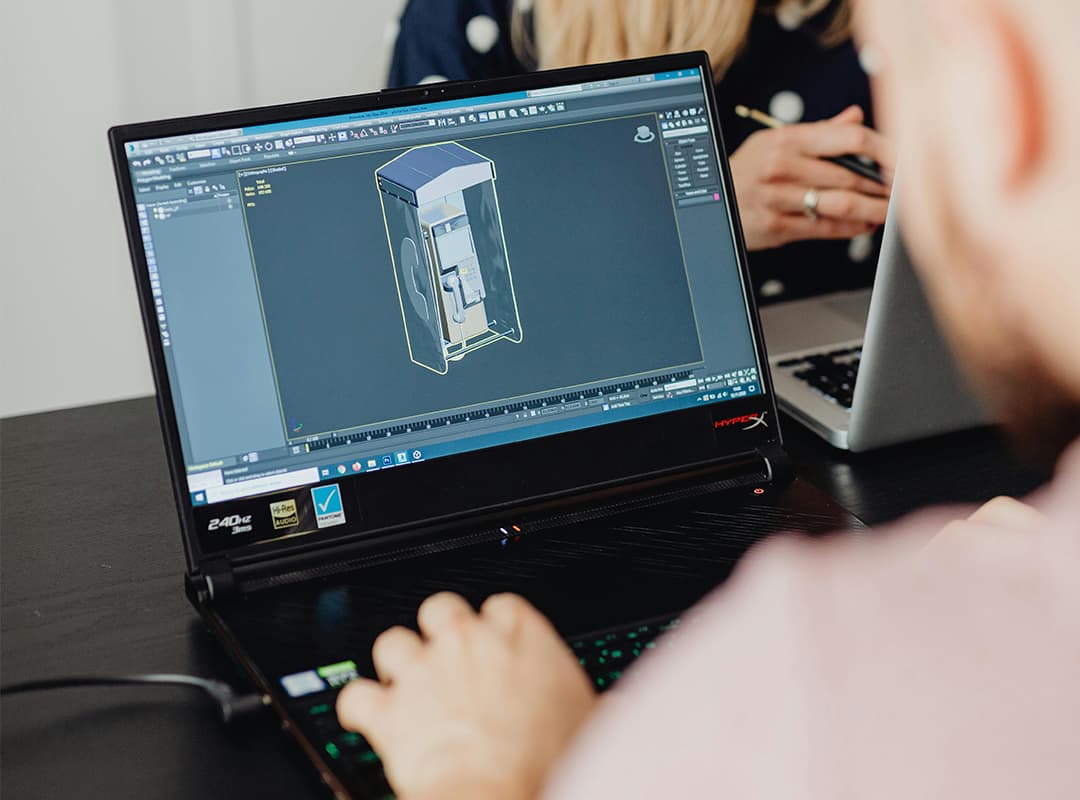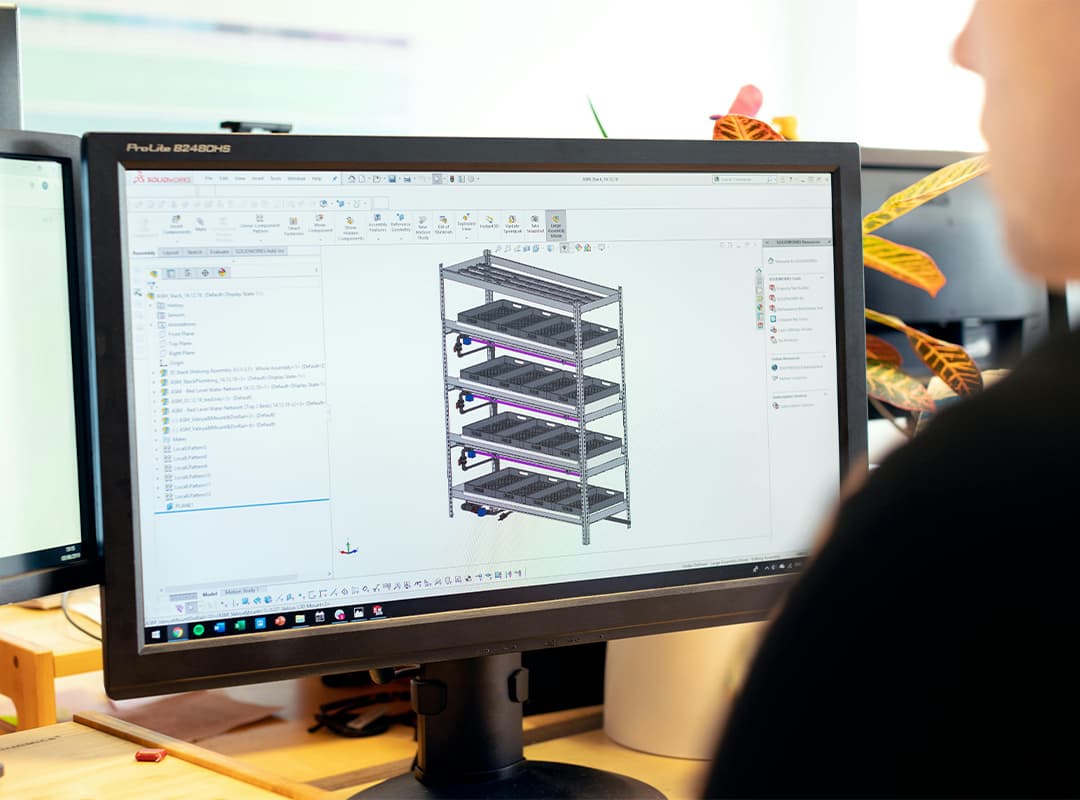The fields of simulation and modeling have undergone remarkable transformations in recent years, driven by advancements in technology, increasing computational power, and the growing complexity of systems across various industries. As organizations seek to optimize processes, reduce costs, and improve decision-making, the demand for sophisticated simulation and modeling tools continues to rise. This article explores the latest trends in the development of these tools, highlighting innovations that are shaping the future of simulation and modeling.
1. Enhanced User Interfaces and Accessibility
One significant trend in the development of simulation and modeling tools is the emphasis on user-friendly interfaces. Traditionally, simulation software required a high level of expertise and understanding of complex algorithms, which limited accessibility to a broader audience. However, recent advancements have focused on creating intuitive interfaces that allow users with varying skill levels to engage with the tools effectively.
- Visual Programming: Many modern simulation tools now offer visual programming environments that enable users to create models through drag-and-drop functionalities. This approach simplifies the modeling process, allowing users to focus on system design rather than programming intricacies.
- Real-Time Collaboration: Enhanced collaboration features are becoming commonplace in simulation tools, enabling teams to work together in real-time, regardless of their physical location. This trend fosters interdisciplinary collaboration, allowing experts from various fields to contribute to the modeling process and share insights seamlessly.
2. Integration of Artificial Intelligence and Machine Learning
The integration of artificial intelligence (AI) and machine learning (ML) into simulation and modeling tools is revolutionizing how complex systems are analyzed and optimized. By leveraging AI and ML algorithms, simulation tools can analyze vast amounts of data, identify patterns, and make predictions with greater accuracy.
- Predictive Analytics: AI-powered simulation tools can offer predictive analytics capabilities, allowing organizations to forecast outcomes based on historical data and current trends. This empowers decision-makers to anticipate potential challenges and make proactive adjustments to their strategies.
- Automated Optimization: Machine learning algorithms can automate the optimization process, identifying the most efficient configurations for systems without requiring extensive manual input. This automation not only saves time but also enhances the precision of model outcomes.
3. Cloud-Based Simulation Solutions
The shift toward cloud-based simulation tools has transformed how organizations access and utilize modeling software. Cloud computing offers several advantages, including scalability, flexibility, and reduced infrastructure costs.
- Scalability: Cloud-based solutions allow users to access high-performance computing resources on demand. This scalability is particularly beneficial for running complex simulations that require significant computational power, enabling organizations to tackle larger problems without investing in expensive hardware.
- Collaboration and Accessibility: Cloud platforms facilitate easy sharing of models and results among team members and stakeholders. Users can collaborate in real-time, regardless of their location, making it easier to gather diverse perspectives and expertise during the modeling process.
4. Focus on Interoperability and Integration
As industries become more interconnected, the need for simulation and modeling tools that can seamlessly integrate with other software and systems is growing. Interoperability enables organizations to combine different modeling approaches, data sources, and analytical tools, leading to more comprehensive analyses.
- Standardized Protocols: The development of standardized protocols and APIs allows simulation tools to communicate effectively with other software solutions. This integration facilitates data exchange and enhances the overall modeling workflow, enabling users to leverage multiple tools for enhanced insights.
- Cross-Disciplinary Applications: Interoperability also supports the application of simulation tools across various disciplines. For example, tools initially designed for manufacturing processes can be adapted for use in healthcare or logistics, promoting a more holistic approach to problem-solving.
5. Emphasis on Sustainability and Social Impact
As global awareness of environmental and social issues grows, simulation and modeling tools are increasingly being developed with a focus on sustainability and social impact. Organizations are seeking to understand the environmental consequences of their decisions and optimize their operations to minimize negative impacts.
- Sustainable Design: Simulation tools are being used to assess the sustainability of materials and processes, allowing designers to evaluate alternative solutions that reduce waste, energy consumption, and emissions.
- Social Impact Assessments: Modeling tools are also employed to assess the social implications of infrastructure projects, enabling organizations to understand how their initiatives affect local communities and stakeholders.
The development of simulation and modeling tools is rapidly evolving, driven by trends such as enhanced user interfaces, the integration of AI and machine learning, the rise of cloud-based solutions, a focus on interoperability, and a commitment to sustainability. These advancements empower organizations to tackle complex challenges more effectively and make informed decisions that drive innovation and efficiency.
As we look to the future, events like the Delta Convention 2015 dates serve as platforms for professionals to share insights and advancements in simulation and modeling, fostering collaboration and knowledge exchange across industries. By embracing these trends, organizations can harness the power of simulation and modeling to navigate an increasingly complex world, optimize their operations, and contribute positively to society and the environment.



